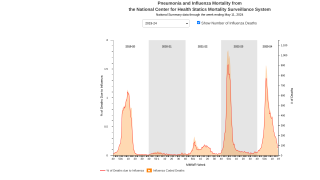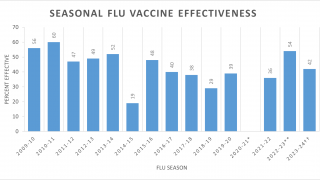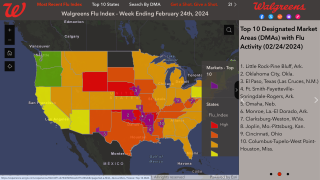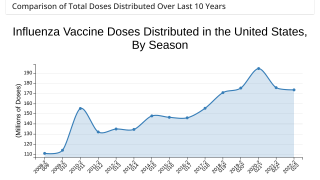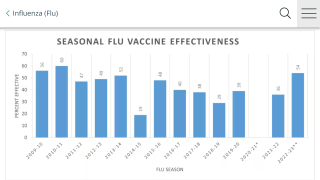Novel Influenza A Virus Confirmed in the U.S.
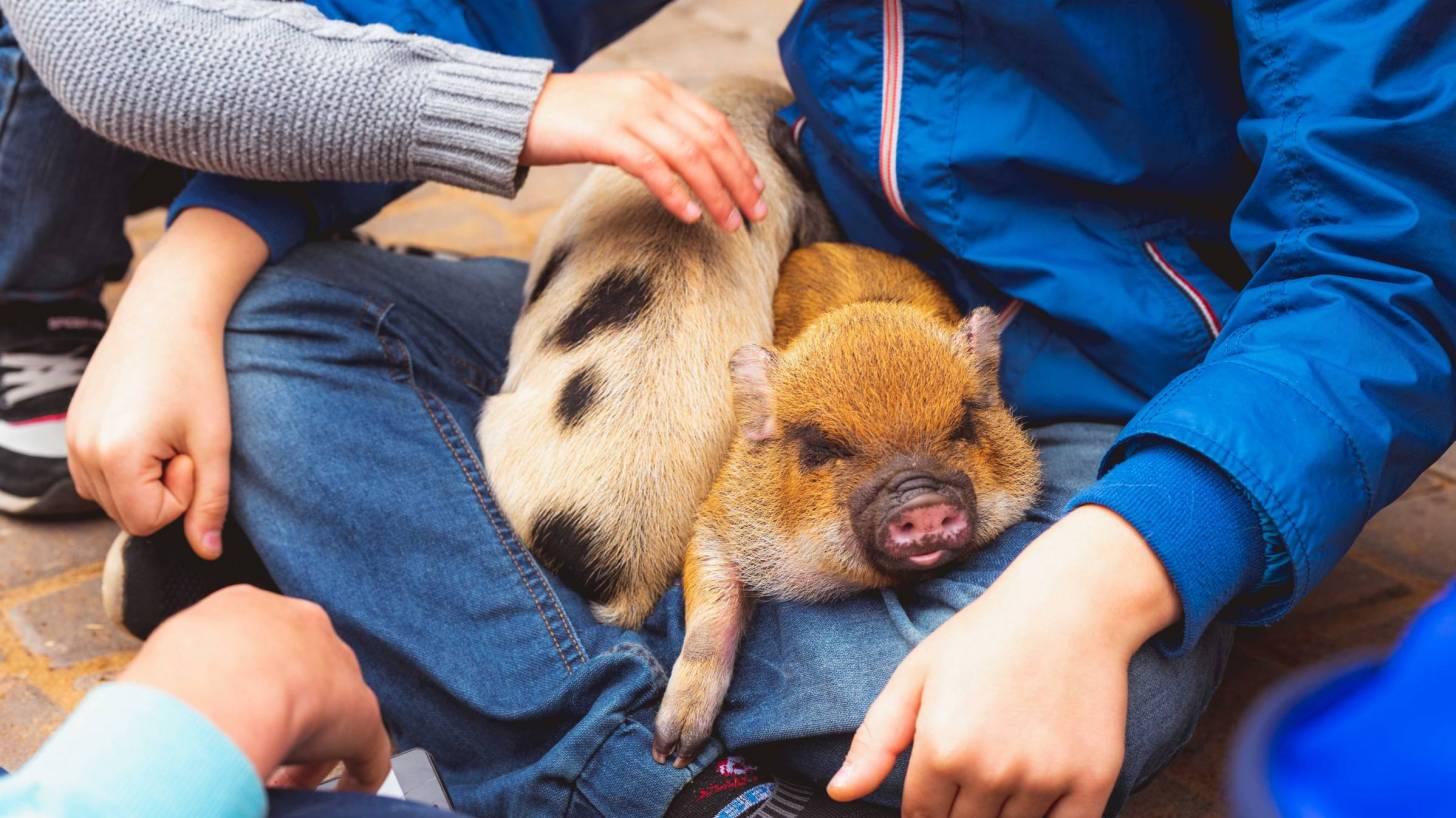
The US Centers for Disease Control and Prevention (CDC) reported two previous human infections with novel influenza A viruses.
One infection with an influenza A(H1N1) variant (A(H1N1)v) virus was reported by North Dakota that occurred during the 2020-21 influenza season.
And one infection with influenza (A(H3N2)v) virus was reported by Ohio that occurred during the current 2021-22 influenza season.
Both patients are younger than 18 years of age, were not hospitalized, and have recovered or are recovering from their illness.
One of the patients had close contact with swine before illness onset.
The other patient had no known swine contact or attendance at agricultural exhibits where swine were present. This finding indicates that limited human-to-human transmission potentially occurred.
Moreover, no ongoing human-to-human transmission has been identified associated with either patient.
Finally, it is essential to note that in most cases, variant influenza viruses have not shown the ability to spread efficiently and sustainably from person to person.
When an influenza virus that normally circulates in swine (but not people) is detected in a person, it is called a “variant influenza virus.” The first swine influenza virus (Swine Flu) was found in pigs in 1918.
Most human infections with variant influenza viruses occur following close proximity to swine, but human-to-human transmission can occur. Morbidity rates can reach 100% with swine influenza infections, while mortality rates are generally low.
Early identification and investigation of human infections with novel influenza A viruses are critical. As a result, the risk of persistent infection can be more fully understood, and appropriate public health measures can be taken.
The 2009–2010 pandemic of swine influenza, caused by the H1N1 influenza virus and declared by the World Health Organization from June 2009 to August 2010, is the most recent flu pandemic involving the virus.
During the 2021-22 influenza season, one human infection with a novel influenza A virus was reported in the United States: H3N2v (OH).
And during the 2020-21 influenza season, eleven human infections with a novel influenza A virus were reported in the United States, including two H3N2v (IA, WI), three H1N2v (IA, OH (2)), and six H1N1v (IA, NC, ND, WI (3)) virus infections.
Since 1958, a total of 17 cases of swine influenza in humans have been reported in Europe.
Additional information on influenza in swine, variant influenza virus infection in humans, and strategies to interact safely with swine can be found here.
Furthermore, the annual 'flu shot' does not prevent zoonotic influenza infections, says the CDC.
PrecisionVaccinations publishes fact-checked research-based Zoonotic Influenza Vaccine news.
Our Trust Standards: Medical Advisory Committee














